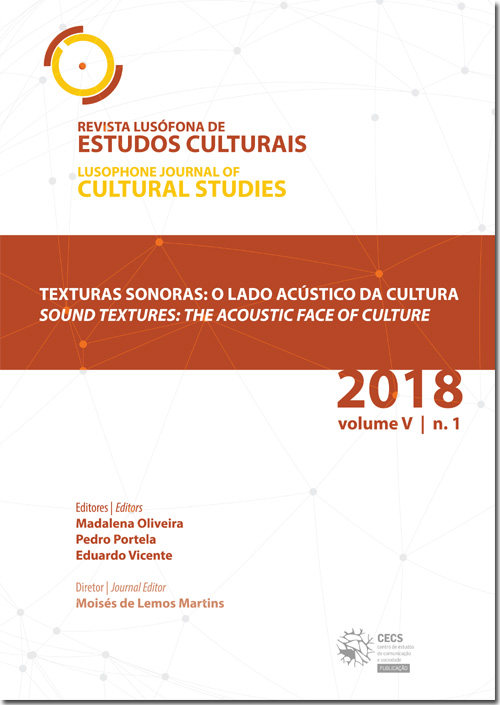Disintegration and repetition: an analysis based on William Basinski
DOI:
https://doi.org/10.21814/rlec.305Keywords:
Determinism, disintegration, entropy, repetition, transcodification, transductionAbstract
Our starting point is the musical piece Disintegration Loops, by William Basinski. This work is about one hour long and consists in an ostinato that deteriorates into noise, and finally into silence. Basinski digitized the sound of old tape loops he had recorded in the 1980s, storing them in a computer drive; as the loops were played in the magnetic reader, they began to deteriorate due to the accumulation of dust and oxidation. The reproduction of the sound and the effort to preserve it led to its destruction, which was itself recorded into a new medium. The present article questions the effects of migrations between different media (analogue/digital) and the tension between the technical crystallization of symbolism and the inevitable entropic destabilization it generates. The internal structure of Basinski’s piece highlights the notion of repetition as an equally unstable and dynamic form, which creates something new. It suggests, moreover, a criticism of the determinism and the automatism that sometimes take over the technical realm, regarded as a “perfect circle”. Moving along this circumference, with the deterioration this gesture implies, and with the hesitation and the human rhythms it evokes, one realizes that the circle is not perfect, and that “disintegration” is ultimately a metaphor for human nature.
Downloads
Downloads
Published
How to Cite
Issue
Section
License
Authors own the copyright, providing the journal with the right of first publication. The work is licensed under a Creative Commons - Atribuição 4.0 Internacional License.












